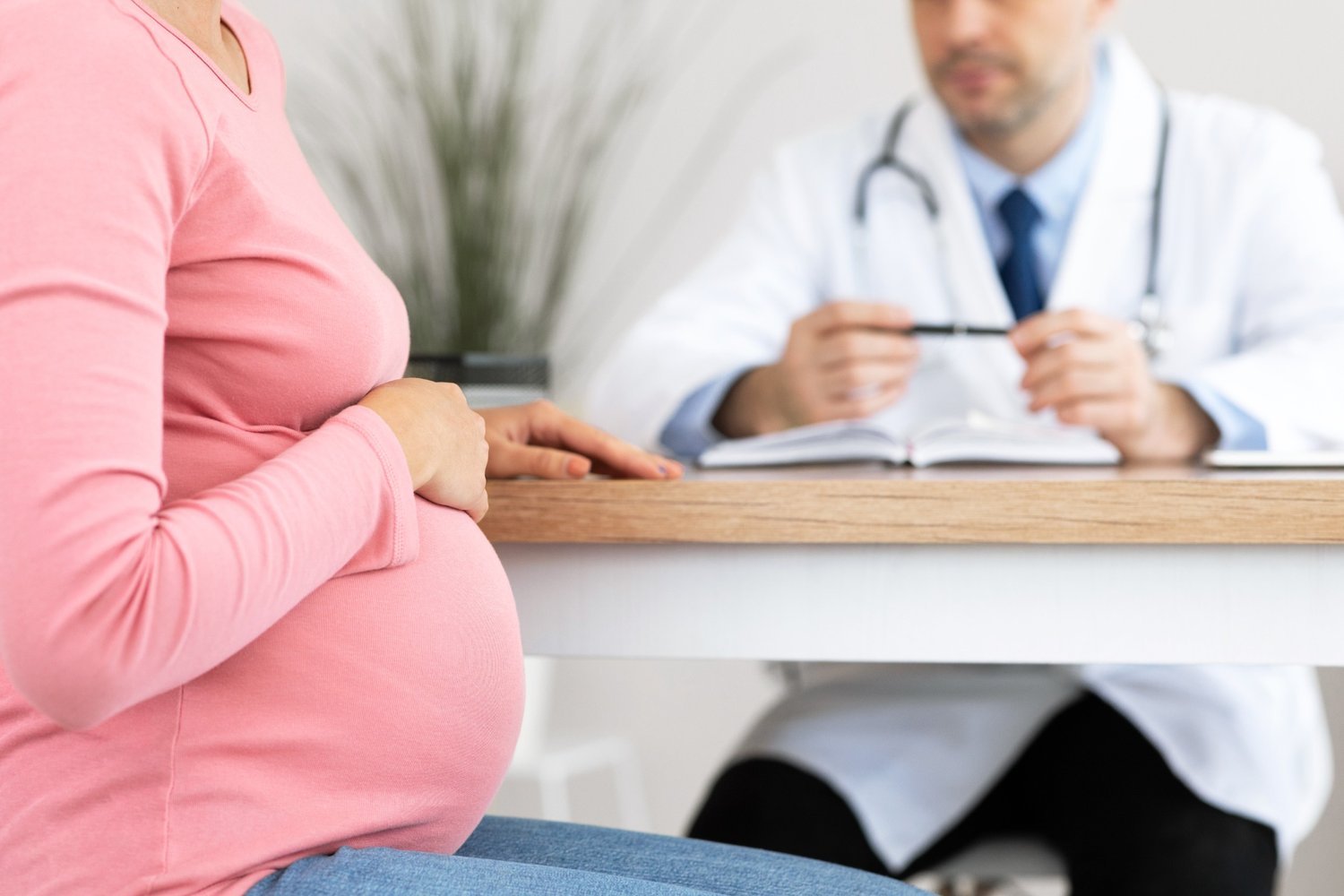If you have previously given birth via the cesarean method, you may be wondering if all future deliveries will be handled in a similar manner, or if you’ll be able to deliver your baby vaginally.
Many women end up having a vaginal birth after cesarean (VBAC), but there are some factors that will need to be considered in order to ensure you and your care team move forward with the right type of delivery. Below, we take a closer look at what factors will be considered if you are hoping to have a vaginal birth after cesarean.
Vaginal Birth After Cesarean
It is certainly possible that you may be able to have a vaginal delivery following a C-section. Studies have shown that for the right patient, roughly 75 percent of women are able to have a vaginal delivery after a previous cesarean. But what would make someone an ideal candidate to deliver vaginally following a previous C-section? Some factors that may increase your likelihood of VBAC include:
-
Having no uterine scars or abnormalities
-
Having had no more than two previous C-section deliveries with a low transverse incision
-
No previous uterine ruptures
-
Having at least 18 months between your C-section and your current delivery
-
Ideal placenta location
-
Ideal fetal position
-
A plan to deliver at a facility capable of handling an emergency C-section
-
Low likelihood of needing to to have your labor induced
-
Having an overall health pregnancy
-
Have already had a successful VBAC
As you can see, there are a number of different factors that will need to be analyzed on a case-by-case basis before your care team can determine if a vaginal birth after cesarean is appropriate. The majority of patients who are cleared for VBAC experience a successful vaginal delivery, but your care team will need to be ready to adapt in the event that issues begin to develop during labor.
The main concern about pursuing a VBAC for a subsequent delivery is the possibility of a uterine rupture. A C-section involves making an incision through a woman’s belly and uterus in order to deliver the baby. This incision site is closed following delivery, and the body eventually works to help the wound site heal, but because there was once an incision in this location, the uterine wall is slightly weakened. The strain of labor can increase your risk that this previous incision site can reopen. This is known as a uterine rupture, and it can cause serious complications during delivery.
Thankfully, the risk of a uterine rupture is pretty low, but it still needs to be accounted for in any patient considering a VBAC. According to the American College of Obstetricians and Gynecologists, slightly less than 1 in 100 women (0.9%) will experience a uterine rupture if they are pursuing a VBAC. If the uterus ruptures, complications include blood loss, blood clots, bladder damage, infection and the need to undergo a hysterectomy.
If you are considering having a VBAC, you will want to have a serious discussion with your women’s care provider. You’ll want to dig into the reasons why you underwent a C-section with your previous delivery, as your ability to have a successful VBAC will depend in part on why a C-section was previously necessary. You’ll also want to discuss the current state of your pregnancy and the pros and cons of pursuing a VBAC or a subsequent C-section given your specific situation. There is no guarantee that all of your future children will need to be delivered via C-section, but additional factors will need to be considered to ensure that VBAC is a safe alternative.
At MetroPartners OBGYN, we’d be more than happy to walk you through different delivery practices based on your specific situation and help you come to the right decision for you and your family. For more information, or for help with a different women’s care issue, reach out to our team today at (651) 770-3320.

